- Joined
- Jun 7, 2014
- Messages
- 3,061
- Reaction score
- 4,974
MOD Donnington
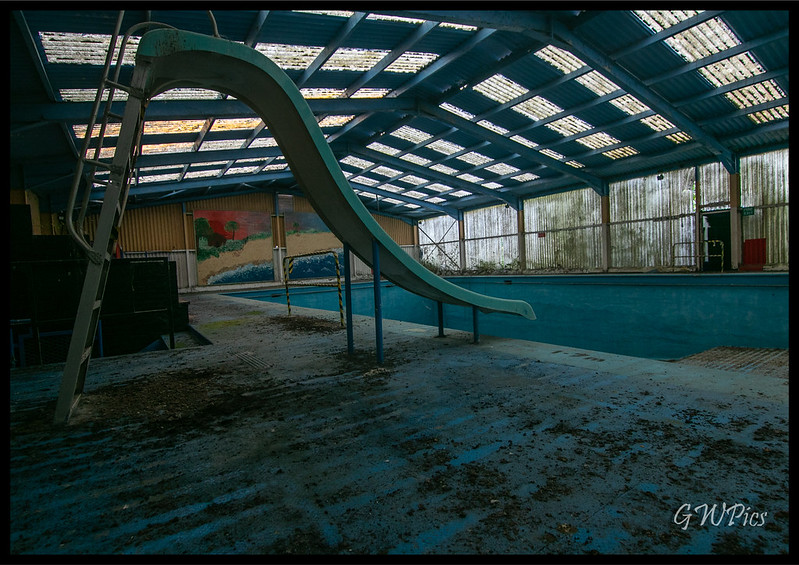
Throwing this one out there as I know a lot of "urbex teams" have been rushing that way recently.
By 1980 COD Donnington (along with COD Bicester) was one of just two remaining Central Ordnance Depots overseen by the Royal Army Ordnance Corps; nevertheless, in the 1970s and 80s, it grew to be one of the largest military store complexes in Europe. It remains in use as a storage depot, although the complex was scaled back following two serious fires (in 1983 and 1988)
At the turn of the millennium further investment took place as Parsons Barracks (named after Major-General Sir Harold Parsons) and Venning Barracks (named after General Sir Walter Venning) were developed.
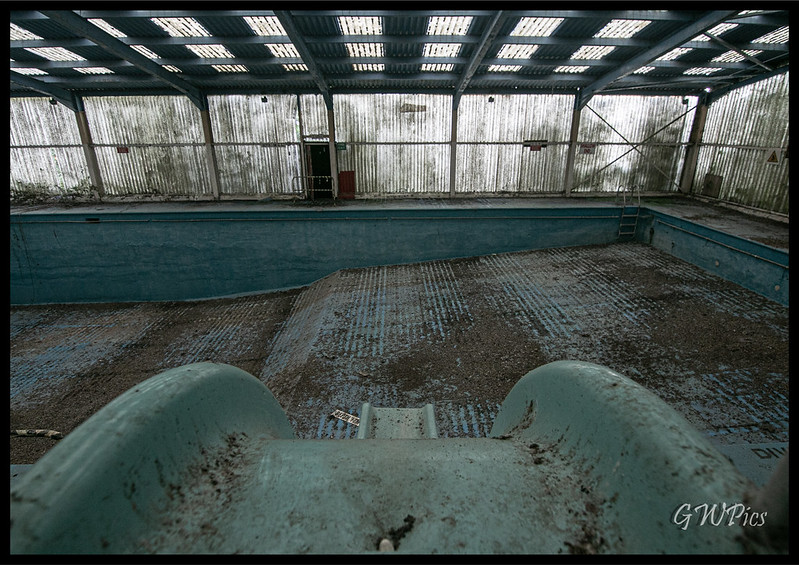
In September 2016, it was announced Parsons and Venning Barracks sites were among 13 sites named by the Ministry of Defence for future disposal. In November 2016 the Ministry of Defence announced that the Parsons and Venning Barracks sites would close, with an "Estimated Date of Disposal" in 2020. This was later extended to 2022, and once more to 2029.
Obviously the pool here has been abandoned for some time & while it is a ramshackle affair its really quite photogenic.
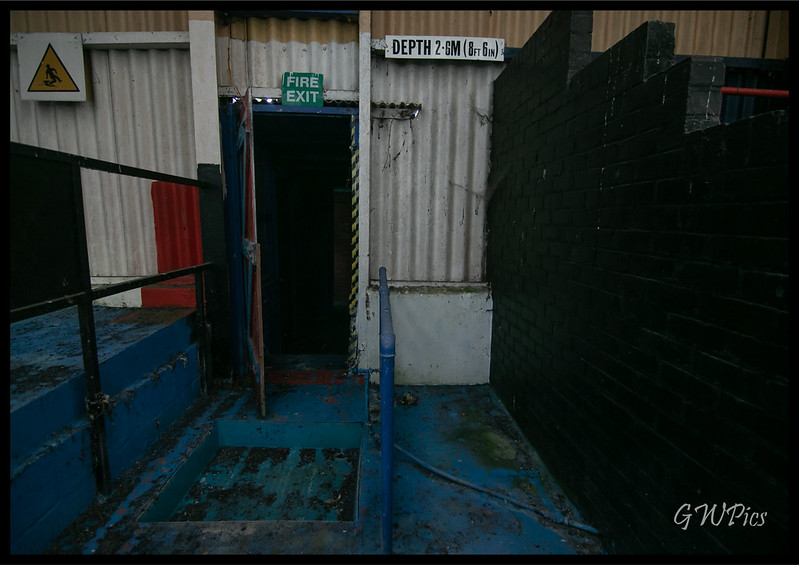
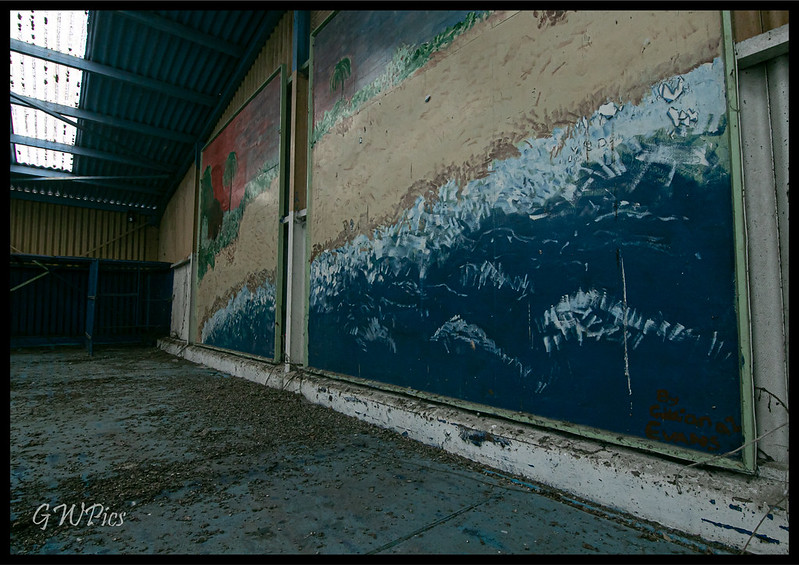
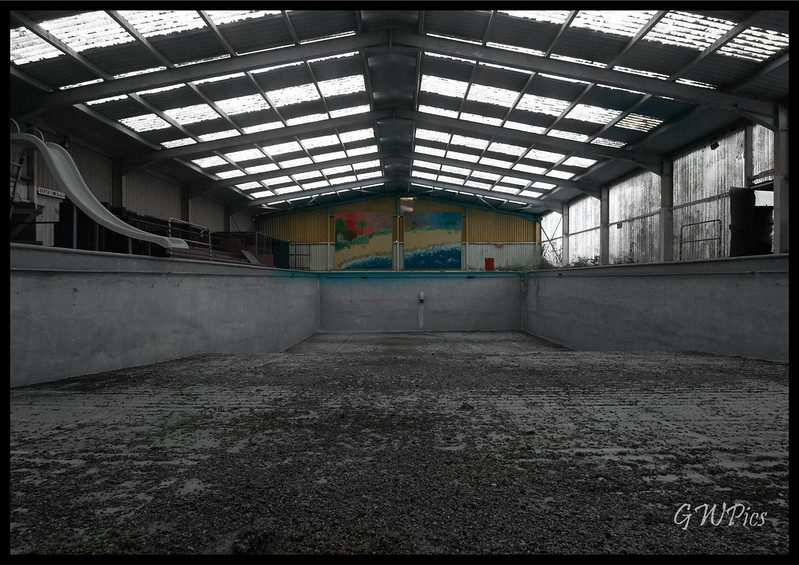
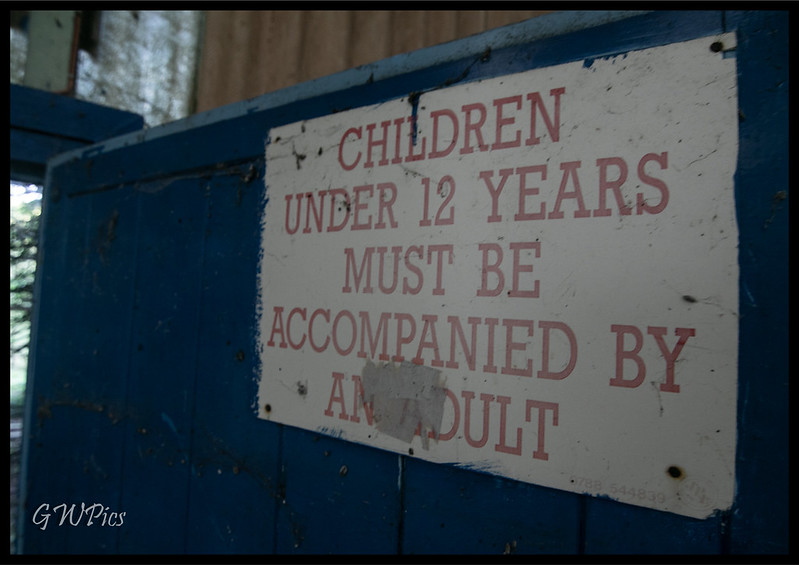
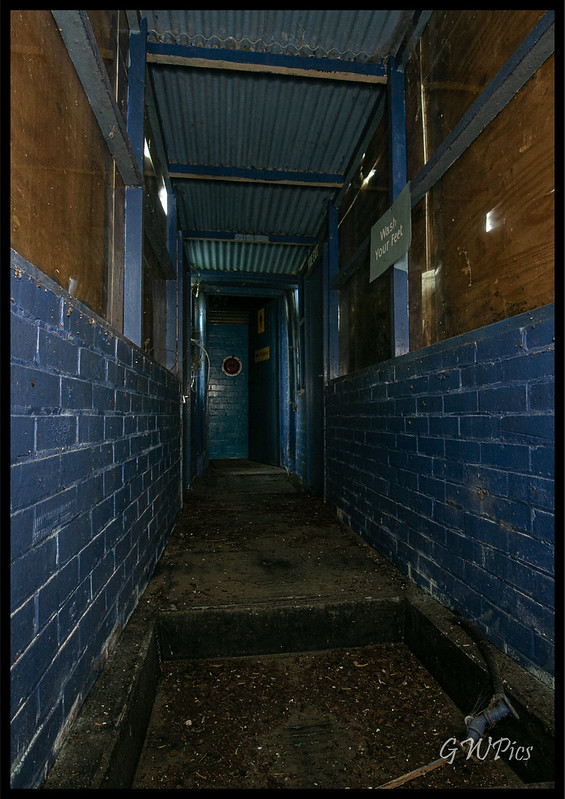

This I though was really cool, the use of nissen huts for changing & showers!
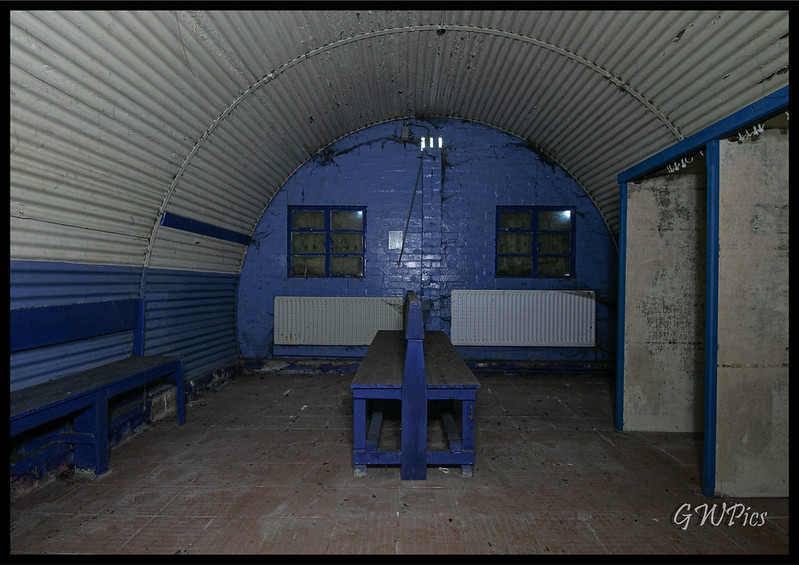
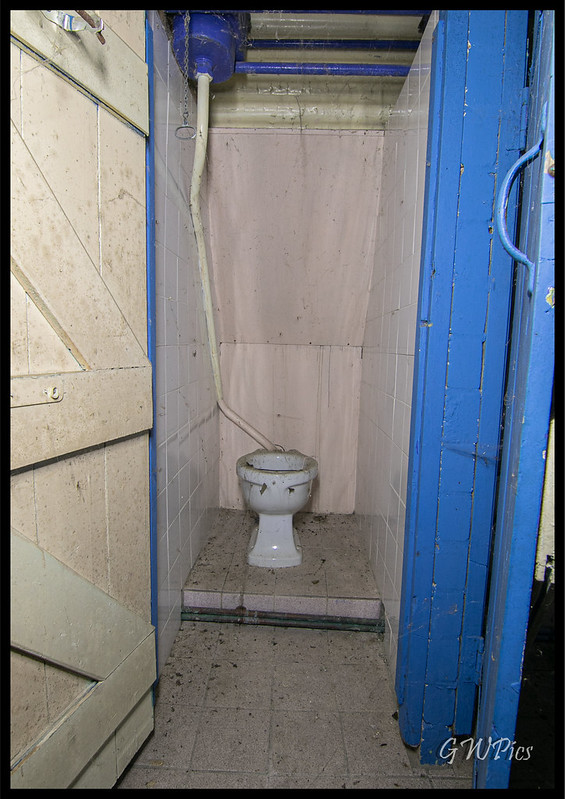

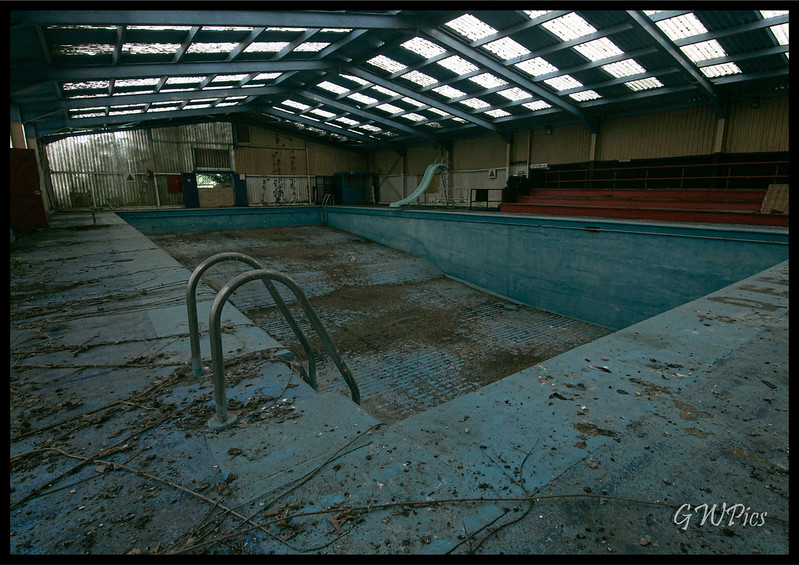

Moving on just a stones throw from the pool is this place that I cant find a damn thing about, but its the former base of Donnington garrison saddle club.
It compromises of stable blocks, offices open air eventing ground & indoor manege area.
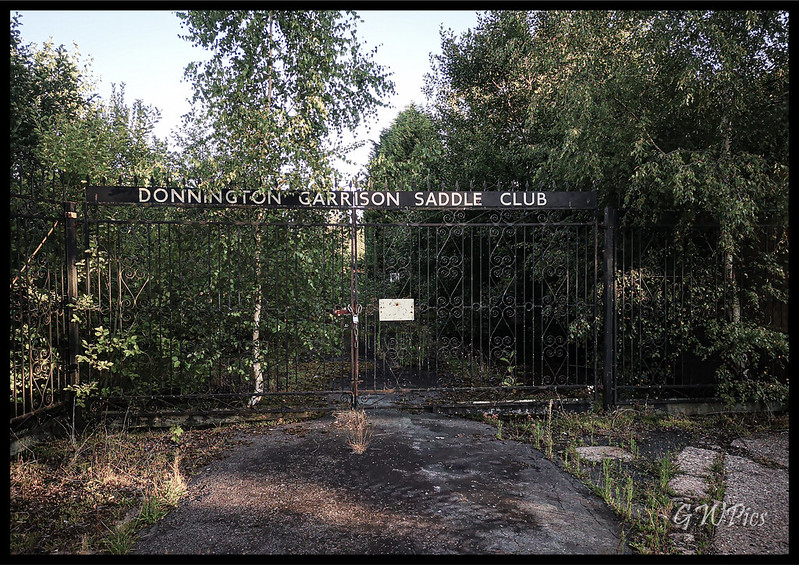
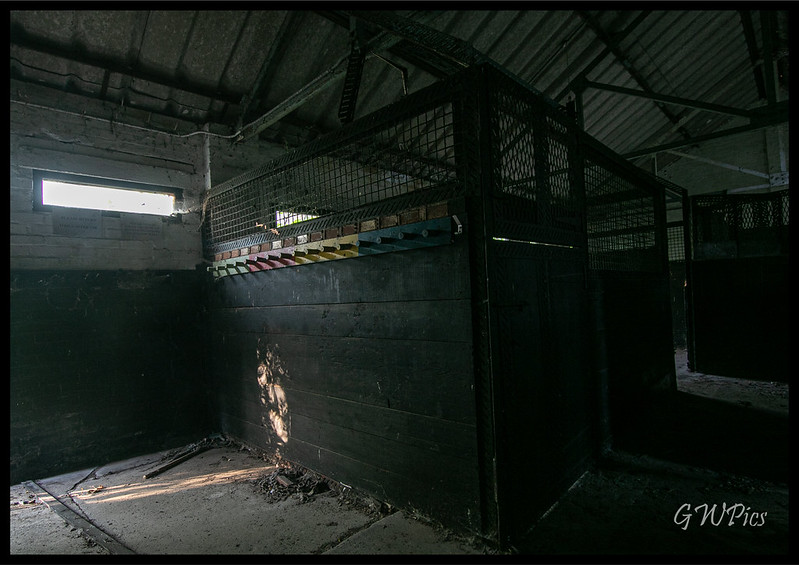
[
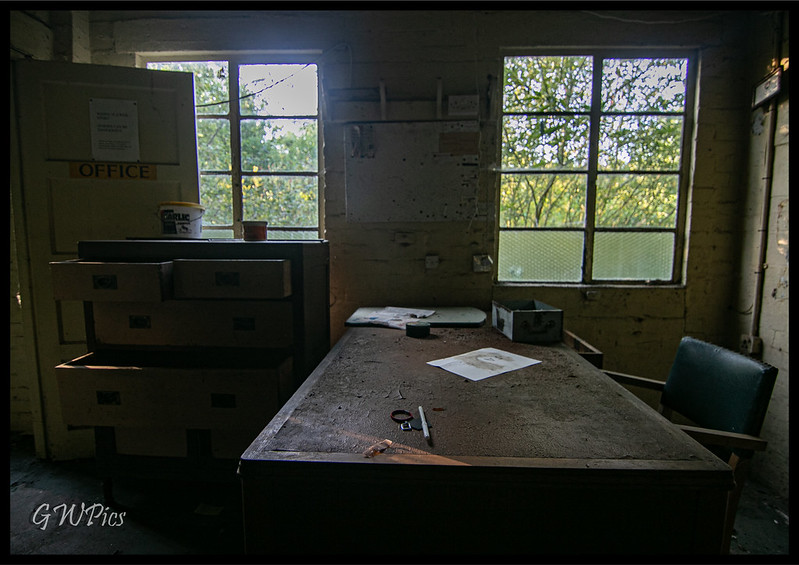

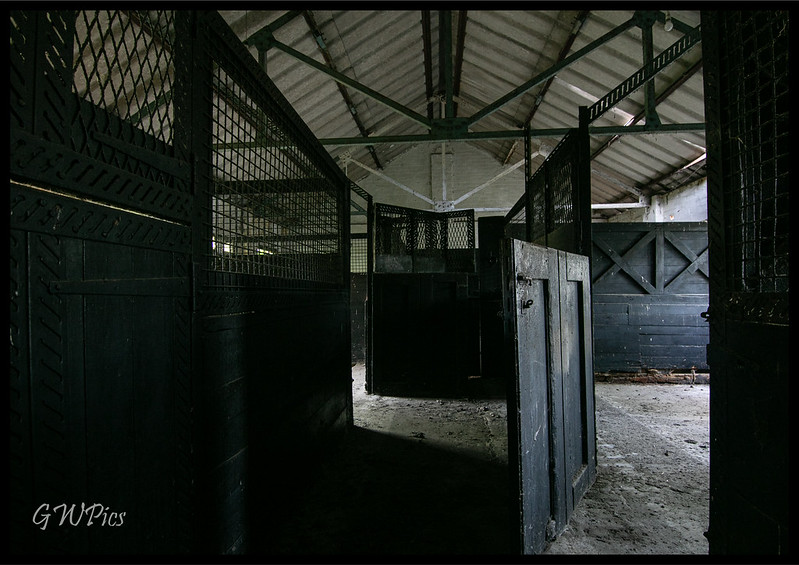
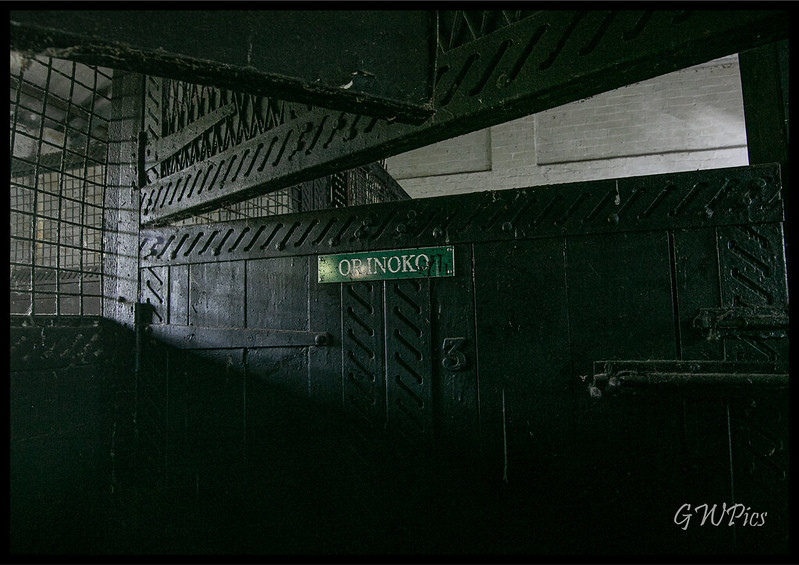
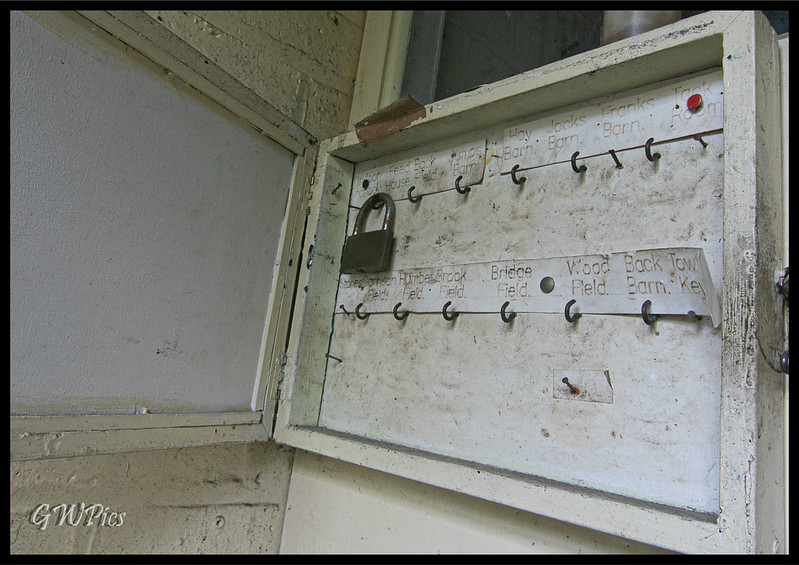

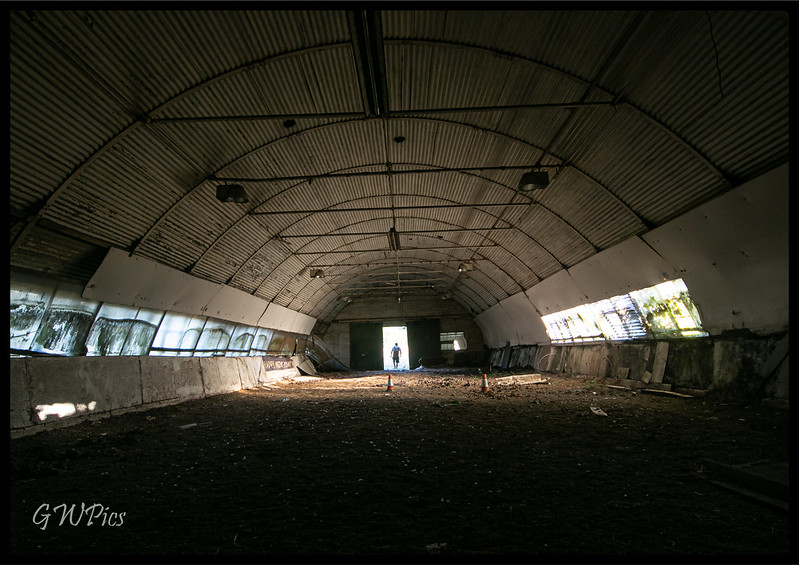
Thats all from here, thanks for looking.
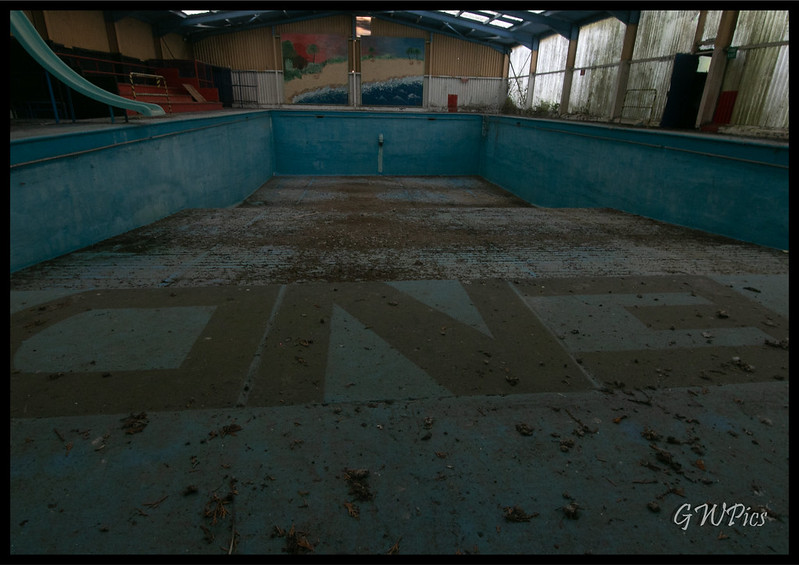

Throwing this one out there as I know a lot of "urbex teams" have been rushing that way recently.
By 1980 COD Donnington (along with COD Bicester) was one of just two remaining Central Ordnance Depots overseen by the Royal Army Ordnance Corps; nevertheless, in the 1970s and 80s, it grew to be one of the largest military store complexes in Europe. It remains in use as a storage depot, although the complex was scaled back following two serious fires (in 1983 and 1988)
At the turn of the millennium further investment took place as Parsons Barracks (named after Major-General Sir Harold Parsons) and Venning Barracks (named after General Sir Walter Venning) were developed.

In September 2016, it was announced Parsons and Venning Barracks sites were among 13 sites named by the Ministry of Defence for future disposal. In November 2016 the Ministry of Defence announced that the Parsons and Venning Barracks sites would close, with an "Estimated Date of Disposal" in 2020. This was later extended to 2022, and once more to 2029.
Obviously the pool here has been abandoned for some time & while it is a ramshackle affair its really quite photogenic.






This I though was really cool, the use of nissen huts for changing & showers!





Moving on just a stones throw from the pool is this place that I cant find a damn thing about, but its the former base of Donnington garrison saddle club.
It compromises of stable blocks, offices open air eventing ground & indoor manege area.


[







Thats all from here, thanks for looking.


































